THE STATE OF B2B ECOMMERCE 2022 TREND REPORT







As the world of buying and selling business-tobusiness (B2B) continues to evolve, ecommerce has emerged as more than a nice to have — it’s a musthave for businesses that want to stay relevant and keep up with the competition.
While B2Bs have traditionally trailed their B2C (business-to-consumer) counterparts in terms of digital transformation, the last few years of explosive ecommerce growth have intensified the need to shift the focus online.
Taking a deep dive into the current B2B ecommerce landscape, BigCommerce has put together this comprehensive report, which combines the latest industry data with a survey we commissioned in June 2021 from Profitwell of 398 US B2B business decision makers.

Read on to gain insights into who today’s B2B businesses are, the current state of the industry and the top trends dominating B2B ecommerce in 2022.

While B2B businesses represent many different industries, something unique we uncovered is that they don’t fall into distinct categories — the lines are much more blurred. In fact, the majority of B2Bs consider their business to be a mix of manufacturer, distributor and/or wholesaler.
Another surprising find: over one-third (34%) of B2B businesses have an equal focus on B2B and B2C channels, and 25% of primarily B2C businesses also sell B2B.
“There’s so much overlap between selling B2B and B2C, which really emphasizes the need for flexible technologies that can support the needs of both customer types, in addition to streamlining operations between the channels. This way, businesses can save on resources while continuing to provide the best online shopping experience possible for each buyer.”





ONLINE GROSS MERCHANDISE VALUE (GMV, IN DOLLARS)
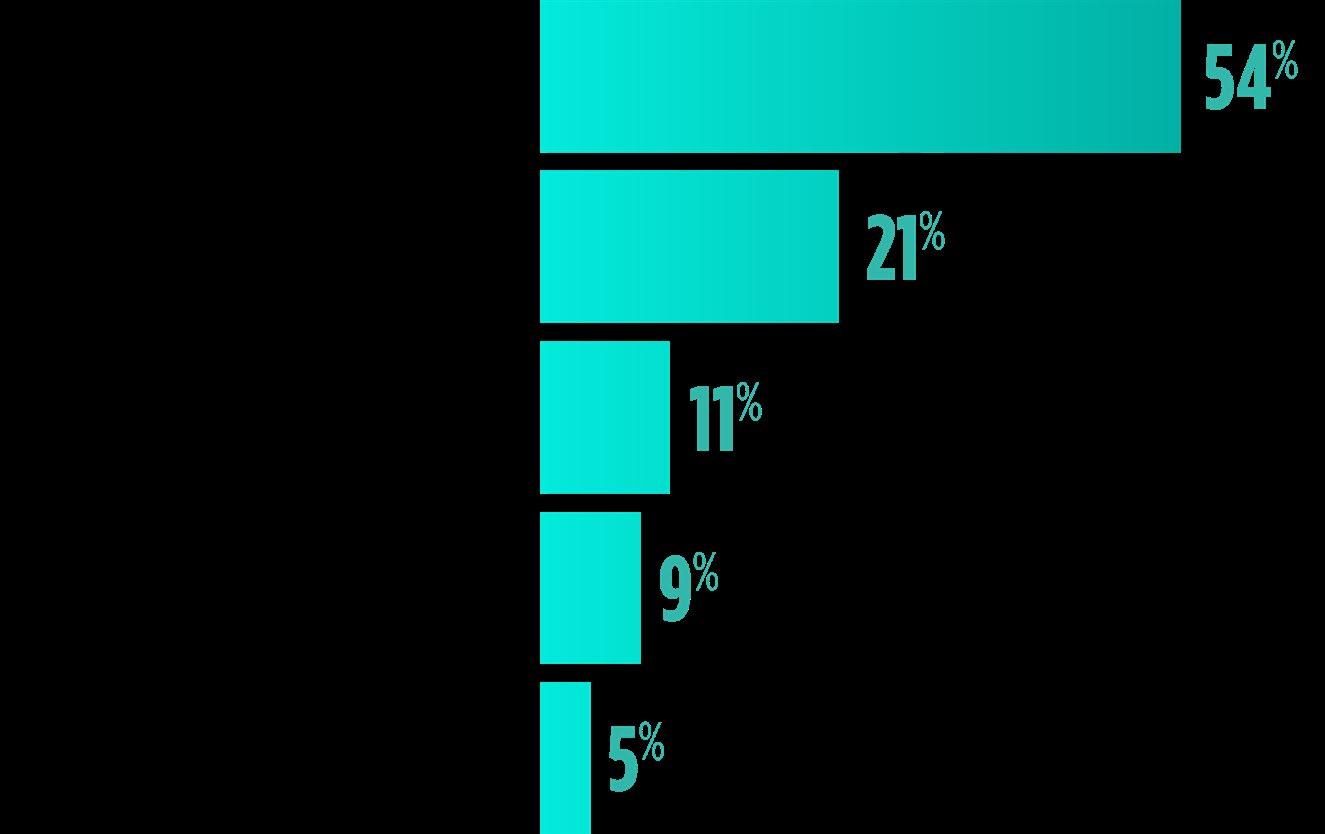


According to Digital Commerce 360, in 2020, distributor ecommerce sales grew by 10% to $957 billion even as total distributor and wholesaler sales declined. Additionally, another report shows that sales on B2B ecommerce sites grew by 10% to $1.39 trillion in 2020.

For many B2Bs, ecommerce has become the most popular route to market. McKinsey shares that 41% of leaders say it is their most effective sales route, beating out in-person (37%) and video (31%). Which makes sense, considering 49% of US B2Bs were buying online in 2021.
And there’s no sign of B2B digital growth slowing down.
eMarketer estimates that B2B ecommerce site sales will reach $2,444.30 billion. Still, they predict double-digit sales growth each year. However, Statista data suggests that the North American B2B ecommerce market will surpass $4,600 billion by 2025.
Traditionally, B2B buyers have mainly placed orders through direct communication with sales, whether that was over the phone, in-person or even through fax. Now, research shows that in the US, B2B buyers are purchasing through more digital channels.


So how are B2Bs responding? They’re investing in digital commerce technology, onboarding customers to buy online, upgrading their online shopping experience and expanding their reach through new channels.

Offering the best B2B shopping experience is paramount for many reasons. For instance, a Wunderman Thompson survey found that 61% of B2B buyers said they got frustrated with the lack of functionality they see on many supplier sites.
Even more concerning, a different study found that 90% of B2B buyers would turn to a competitor if a supplier’s digital channel couldn’t keep up with their needs.
To meet these ever-increasing demands, many B2Bs are investing in ecommerce technology. In fact, our survey found that 35% of US B2Bs say investing in ecommerce platform technology is one of their top three priorities for the next 12 months.
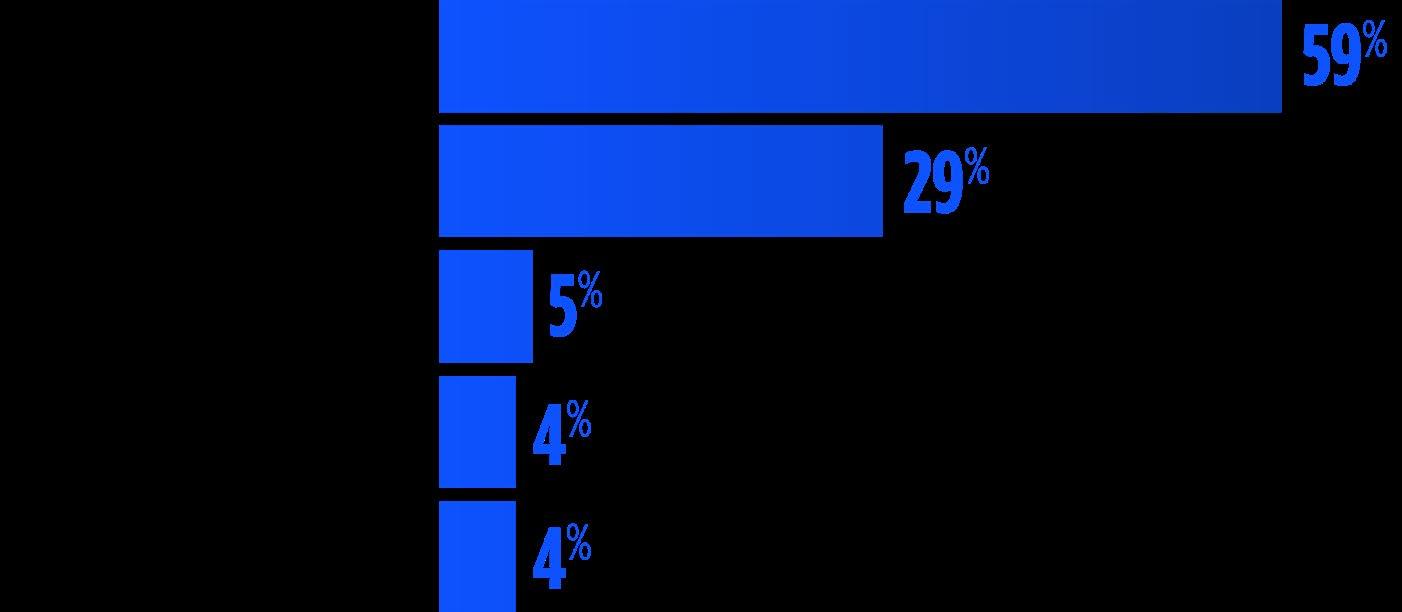
invest in their ecommerce technology. It’s no longer enough to have an online catalog or a very basic website. B2B buyers expect more. They want the same experience buying on a B2B site as they do on a B2C site. This means you need a modern ecommerce platform that can make managing security and performance less resource intensive, scale with you as you grow, offer a more engaging shopping experience, and easily integrate with your existing business systems.”
B2B businesses
And when it comes to the specific platform technology B2Bs are investing in — it’s headless.
A headless commerce approach — decoupling the back-end from the front-end — works particularly well for digitally mature or enterprise B2Bs and those that have unique customization requirements.
This is because you can quickly create personalized experiences, use APIs to make integrations with other technologies faster and easier, and overall build experience-led websites without treating commerce

“Right now, it’s crucial for
to
JOHN MCCANN, DIRECTOR OF B2B PRODUCT MANAGEMENT, BIGCOMMERCE
Despite the fact that B2Bs are launching ecommerce stores and changing processes, some of their customers aren’t fully ready to make the switch to buying online. As a matter of fact, 40% of B2Bs stated that one of their top priorities for next year is onboarding new customers to buy online.
This means B2Bs that are newer to selling online will need to be keenly aware they don’t outpace their customer base on their digitization journey, but instead, bring them along.
For example, one way to tackle this challenge is to move only some of your inventory online. Get customers familiar with making smaller purchases. Then, you can transition to adding more of your products to your online store.
Another option is by automating portions of the quoting process. With advanced quoting capabilities, B2B buyers can request quotes directly from the ecommerce storefront. In a matter of a few clicks, customers can go through the process of adding items to a ‘quote cart’ and submitting their request. Once received, a sales rep can quickly reply with a quote that’s linked to the cart so that the customer can complete their order online — without any additional interactions.
This change in purchasing behavior not only benefits customers, but it can also positively impact revenue. Because the more you can focus on automation, whether it’s selling smaller items or eliminating manual quotes, the more your sales team can focus on what they do best — selling.
Fortunately, the need to onboard customers to buy online becomes less pressing the longer a B2B business has been selling online. For instance, 50% of B2Bs that have been selling online 1-3 years stated that onboarding customers was a top priority while only 24% of businesses selling online for 15+ years stated that it was.
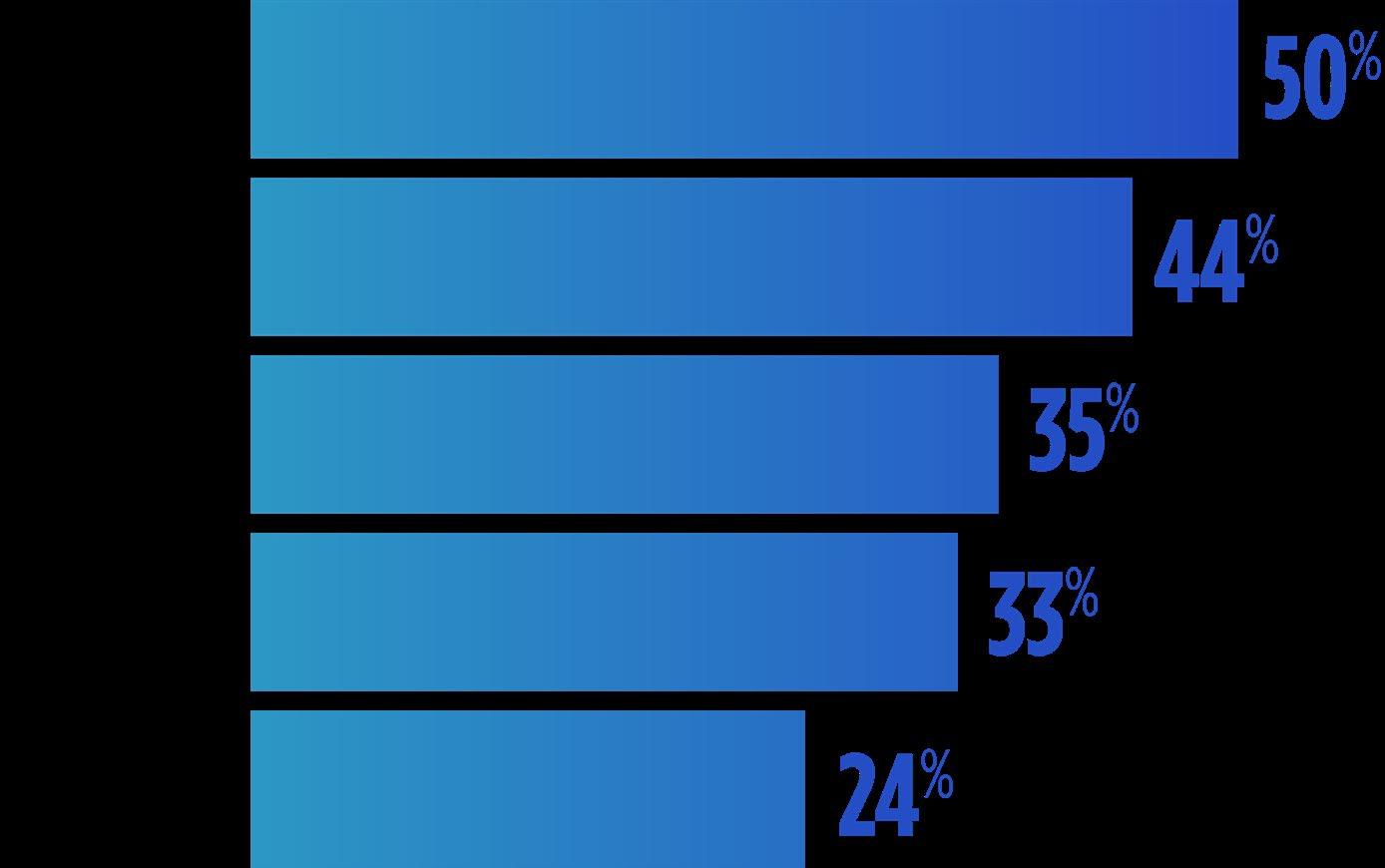
B2BS THAT RANKED
“ONBOARDING CUSTOMERS TO BUY ONLINE” AS A TOP PRIORITY
B2Bs are working to make better use of their data. In fact, 57% of B2Bs stated in our survey they are using business intelligence tools, and 22% reported they are using web analytics tools. Additionally, 31% said they are focusing on improving their use of data to make more informed decisions when it comes to selling to customers.


Nonetheless, simply having the tools in place to gather data isn’t enough. Many times, there’s too much data, or the data you do have is kept in silos. For example, your offline sales are not connected with your ecommerce sales.

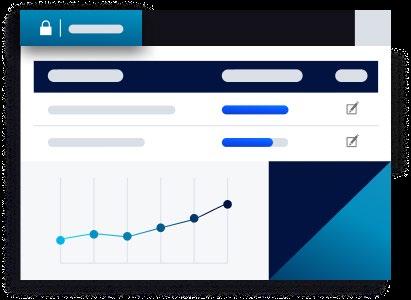
By focusing on unifying your data with the right combination of data technology solutions, you can start to effectively surface insights that will enable you to make better decisions — and ultimately drive growth for your business.


One study found that B2B buyers’ top pain point when buying online was that it was too difficult to find products, and 35% said it was one of the main reasons they did not complete a purchase.

To help guide shoppers to select the right product for their needs, our survey discovered that many B2Bs are using several tools:
\ Advanced search and merchandising software
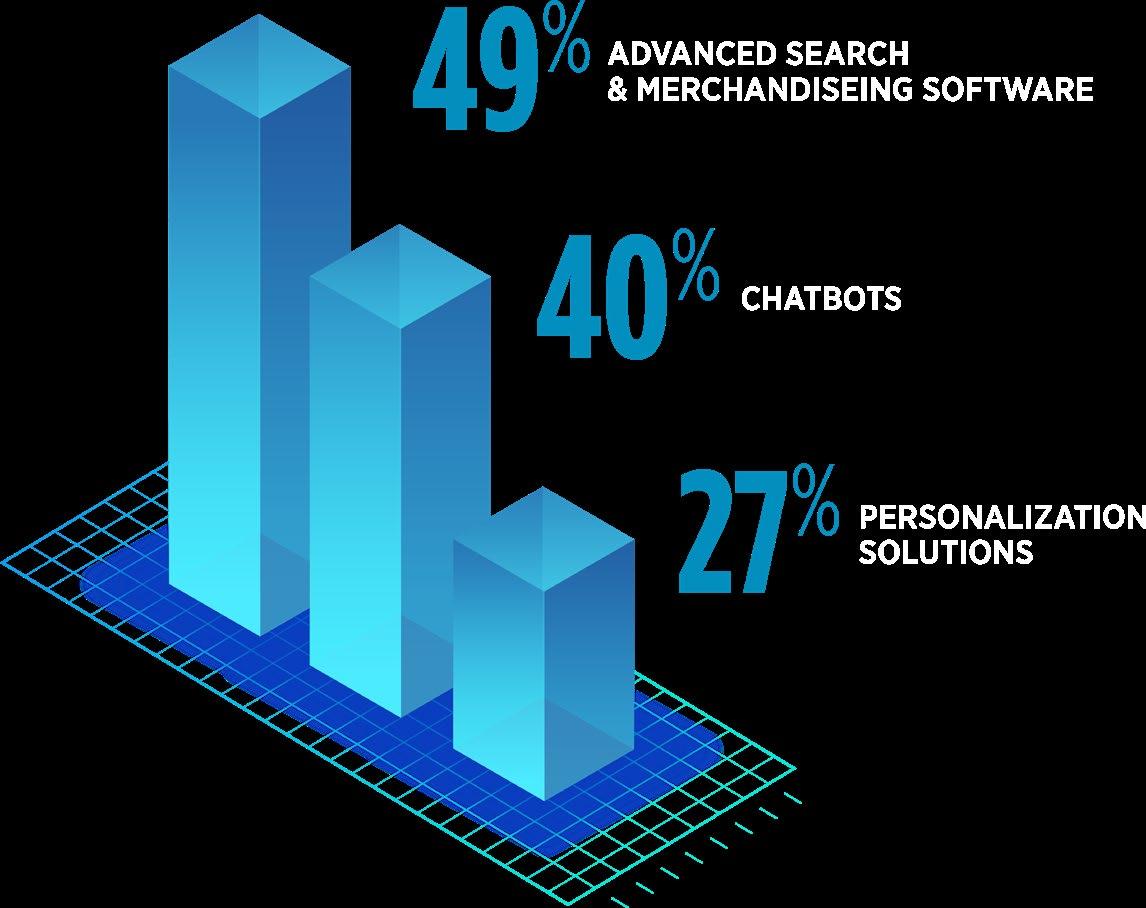
\ Chatbots
\ Personalization solutions
“While chatbots have long been table-stakes in a B2C environment, B2Bs have been slower to adopt them. However, when a shopper experiences friction, the ability to click a button and have someone there to answer their questions can help them overcome that hurdle, or it can get them in contact with sales much earlier in their decision-making process.”

SACHIN WADHAWAN, VICE PRESIDENT OF TECHNOLOGY PARTNERSHIPS, BIGCOMMERCE
Surfacing the right product at the right time is only one piece of the puzzle — providing reliable product information is also equally important. Especially when 58% of B2B buyers say ensuring online product information is up-to-date and accurate is one of the top three actions most likely to improve customer experience.

And there are several ways B2Bs are tackling this issue. One is with product information management (PIM) software — which we found 31% of B2Bs are using. PIMs are helpful because they collect, manage, enrich and distribute product information across channels, from your ecommerce storefront to social sales channels, marketplaces, and even advertising networks.
Another solution B2Bs are using is back-office technology, and as of now, about half of B2Bs are using some type of back-office solution: 41% are using an inventory management system (IMS), 35% are using an order management system (OMS), 34% are using enterprise resource planning (ERP) and 28% are using third-party logistics (3PL).
Those B2Bs who do integrate back-office systems with their ecommerce platform can capitalize on the benefits they offer, particularly automating manual processes. For instance, many B2Bs use spreadsheets for product information or inventory. But by integrating the right back-office system, such as an ERP, you can house all your information in one place that’s connected with your website so
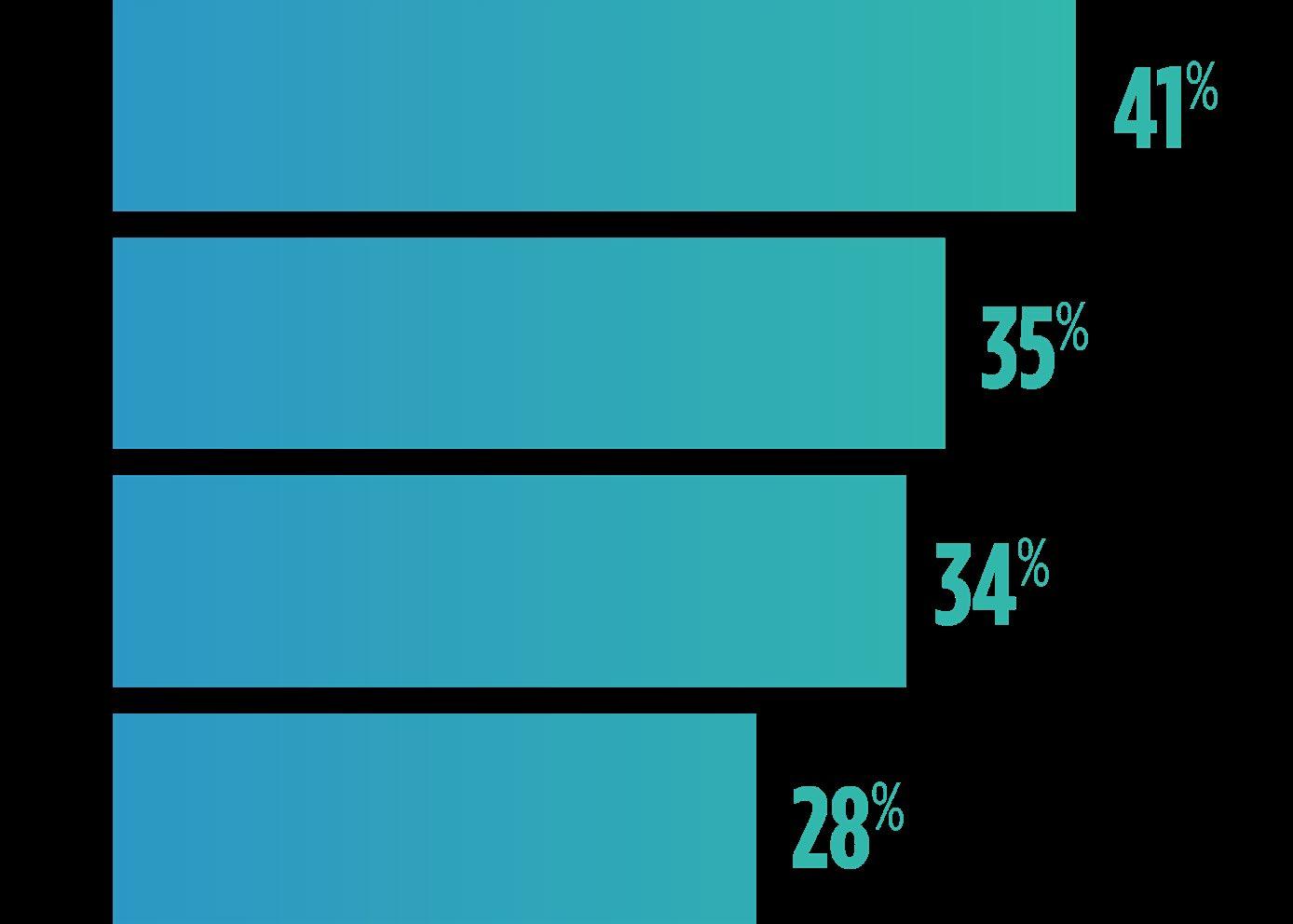
Another area where B2B buyers want more information is shipping and fulfillment. Wonderman Thompson shares that the top suggestion they received in their study of B2B buyers was more transparent fulfillment information (45%).
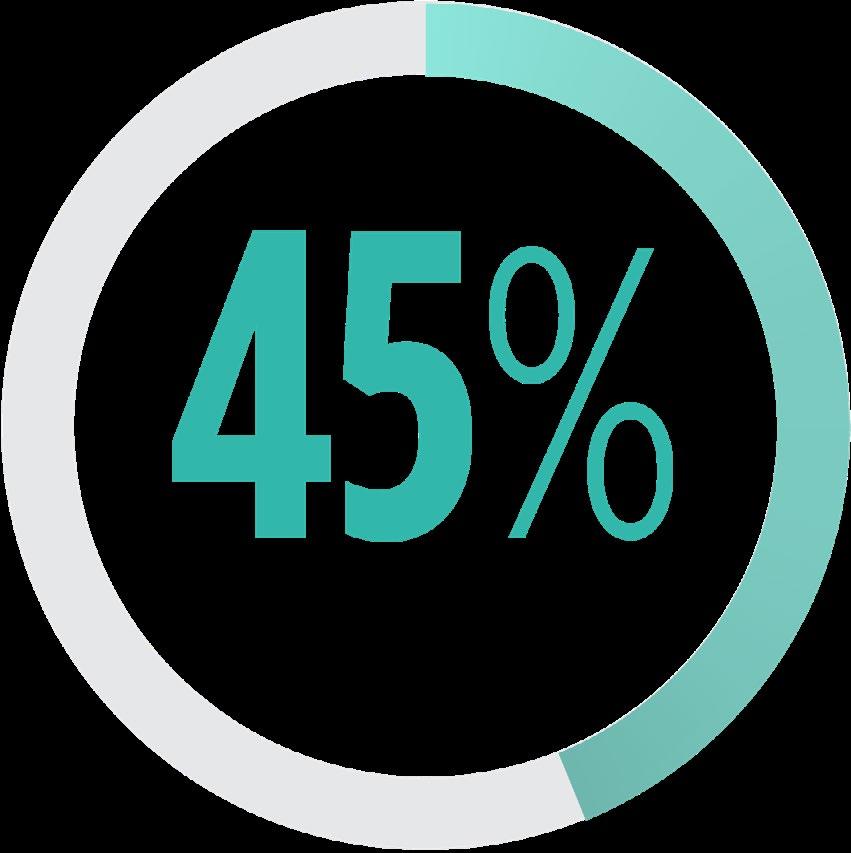

According to our survey, 22% of B2Bs say that they are using shipping and fulfillment software. Additionally, when looking at the most installed apps for BigCommerce B2B merchants in the US, two of the top three are categorized as shipping and fulfillment.

Given the same people who are behind B2B orders are the same people buying things on other websites, there are post-purchase details they expect to see. For example, an estimated delivery date.
Providing this to your B2B buyers not only facilitates a B2C-like experience, but it can also impact their forecasting and revenue because now they know when they can restock the items or get them out to customers.


Ecommerce websites aren’t the only sales channel B2Bs are focusing on. Our study found that 28% of B2Bs ranked selling through thirdparty B2B marketplaces as an important goal for next year.
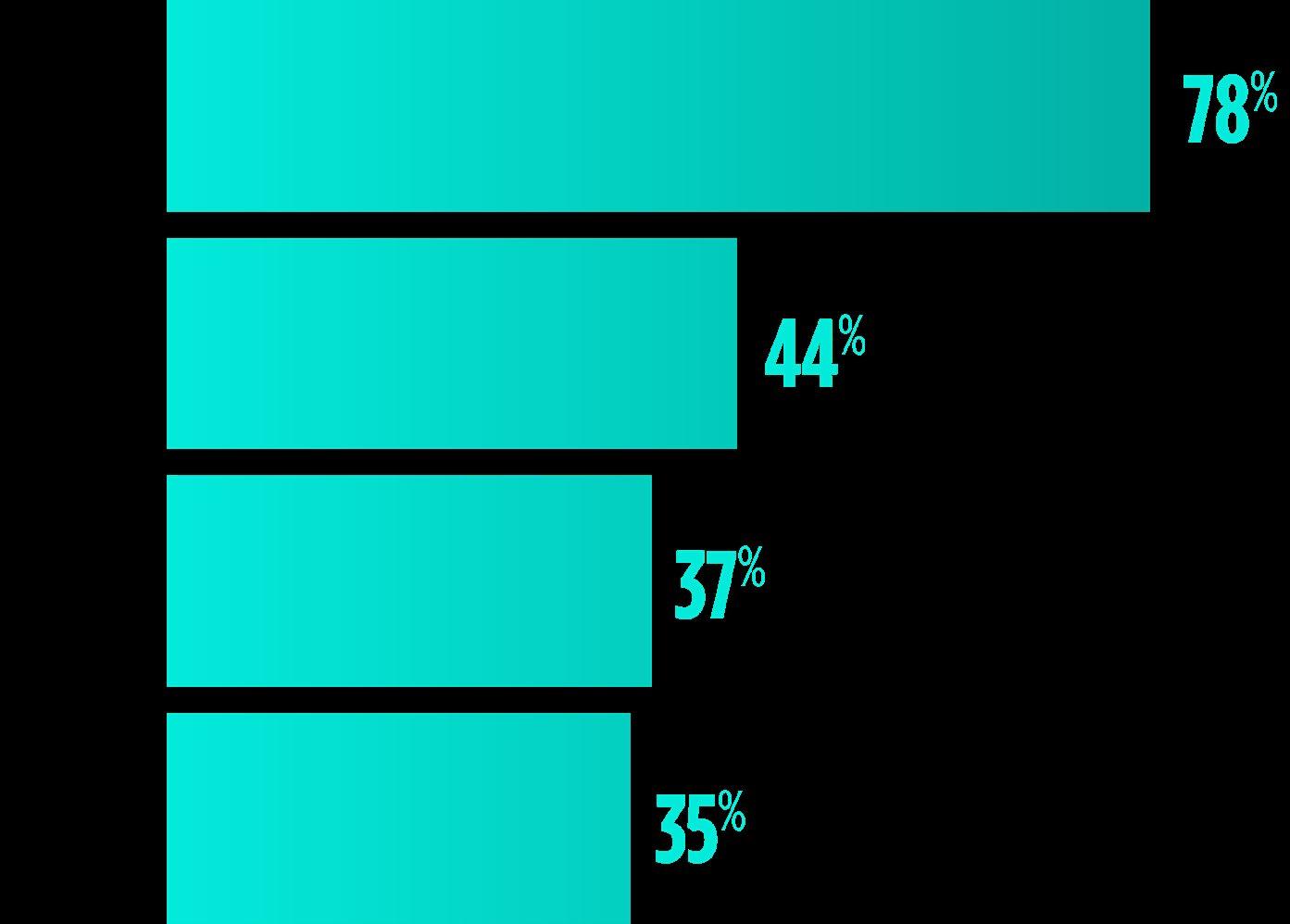
As for the B2Bs that are already selling through marketplaces, Amazon was the most popular by far with eBay coming in second, Walmart third and Alibaba fourth.
On the other hand, despite the industry buzz surrounding B2Bs that operate as marketplaces, we uncovered that only a small percentage (11%) identify as a marketplace. And even fewer (4%) say that they
“Many successful B2B merchants are leveraging tools like Feedonomics to optimize their marketplace strategy. In fact, Feedonomics helps B2B merchants streamline their Amazon listings. For example, Feedonomics’ Amazon Business integration allows B2Bs to incentivize buyers with prices visible only to registered Amazon Business customers, and quantity discounts for customers who purchase in higher volumes.”
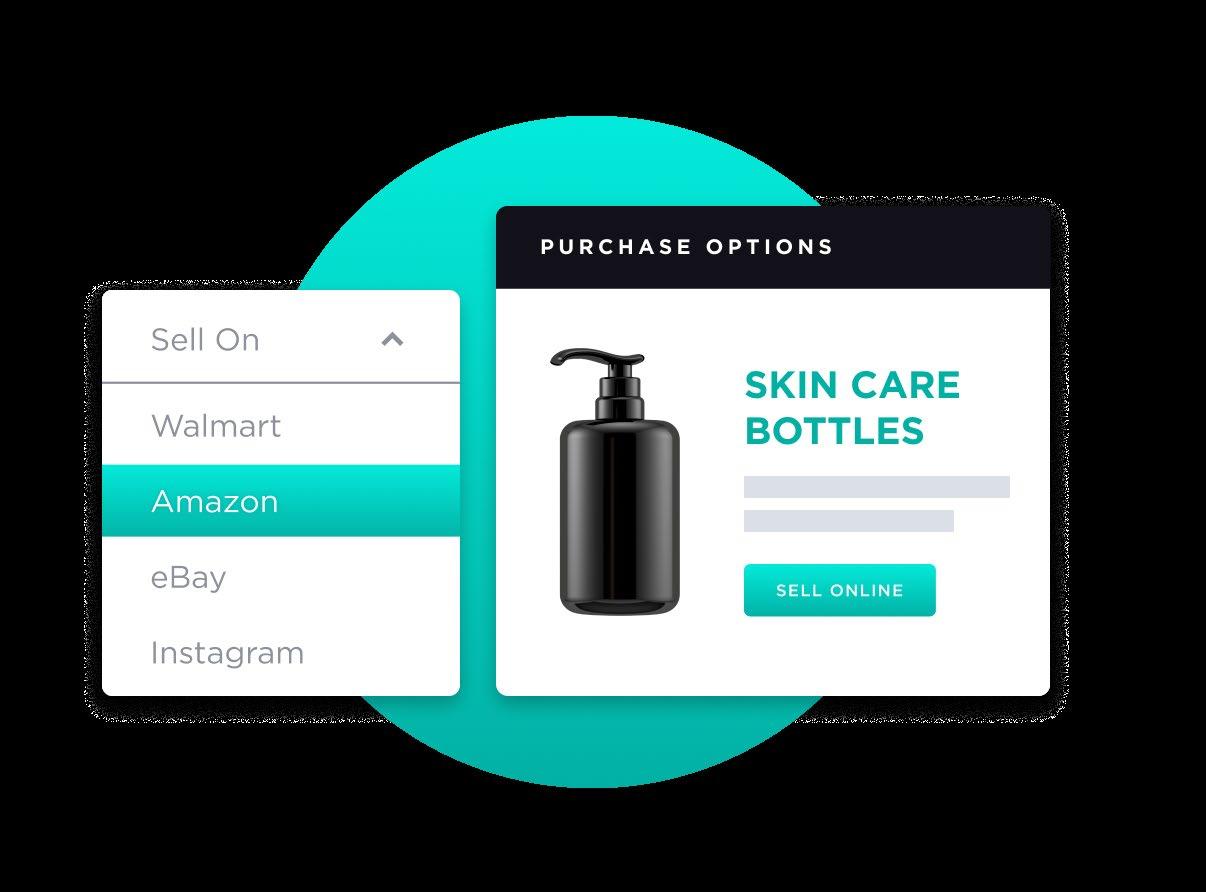
DMITRIY RYZHIY, VICE PRESIDENT, MARKETPLACES, FEEDONOMICS
While social media commerce has historically been dominated by B2C businesses, B2Bs are now looking to get into the social media game — because in many cases, their buyers are already using these channels.
According to Gartner, about 46% of B2B buyers use social media to learn about available solutions, 40% use it to compare solutions, and 35% use it for need-to-know information before they complete a purchase.

And, as of now, some B2Bs are already selling through social media. According to our survey, 38% stated social media (e.g. Instagram shopping) is already a sales channel. Furthermore, 38% stated expanding into selling through social media is a key goal for next year.
Interestingly, Gartner found that an even higher percentage of B2Bs are using social media to expedite their digital commerce presence — with 54% of respondents stating they’ve used social commerce to set up an online store.
If selling through social media sounds too daunting at this stage, you can still experiment with marketing through social media. Pick the platform(s) most relevant to your audience and start by creating a variety of posts, such as a video of how your product works or quotes from customers sharing their experiences with your business. This can help you determine which types of content resonate best with your audience.

By sharing our proprietary data along with actionable insights, our hope is to arm B2B businesses with the tools they need to succeed in 2022 and beyond.

As we’ve shown, B2B commerce will continue to evolve. But despite the shifting landscape, one thing remains certain — the importance of ecommerce in the world of B2B is only going to grow as buyers continue to seek more conveniences and new digital avenues for purchases.
To meet the demands of these buyers and keep up with the competition, B2Bs should focus on these emerging trends we’ve identified — investing in ecommerce technology, onboarding customers to buy online, improving the online customer experience and expanding into new channels.
Start tackling your top B2B priorities. Let us show you how we can help accelerate your digital transformation and put you on the path to becoming a leader in your industry.
Request a demo today
